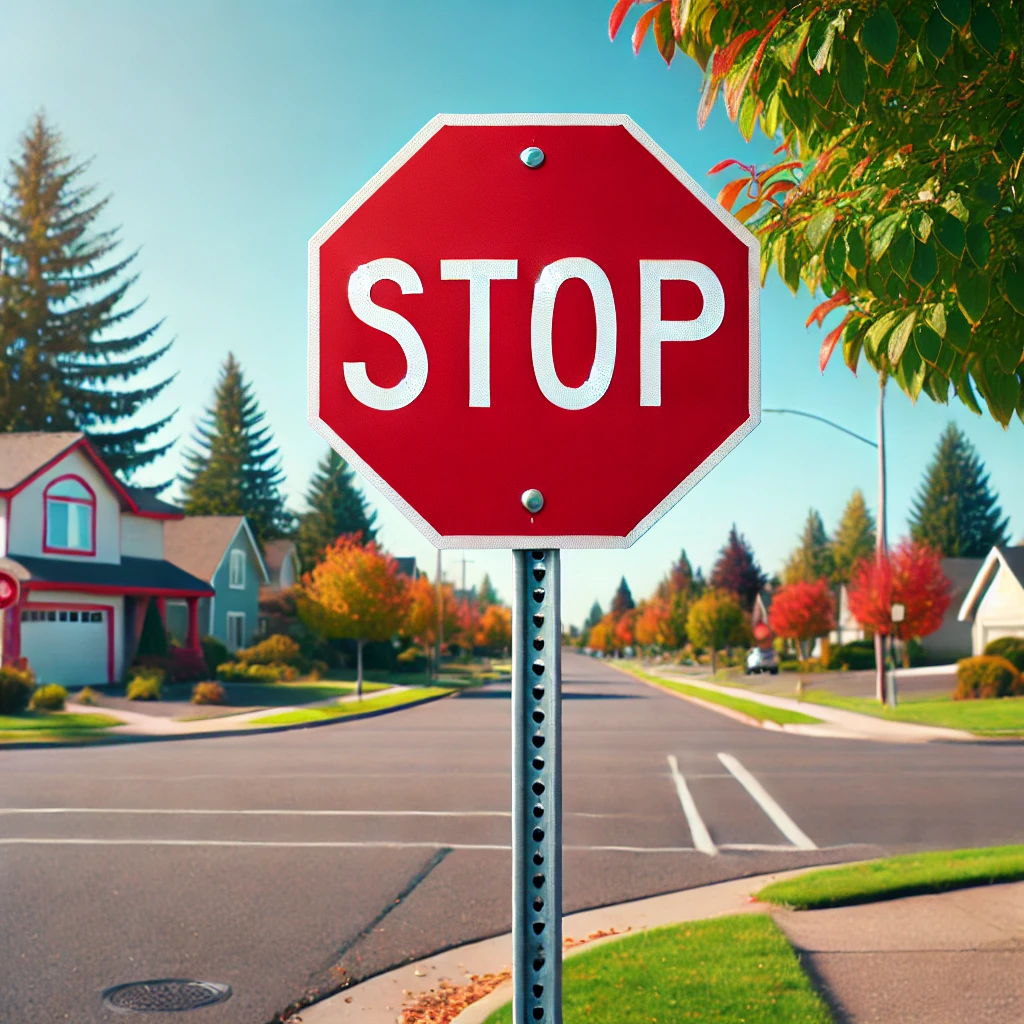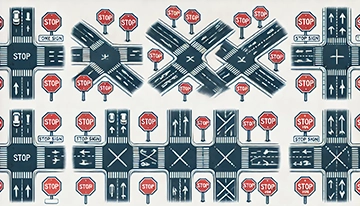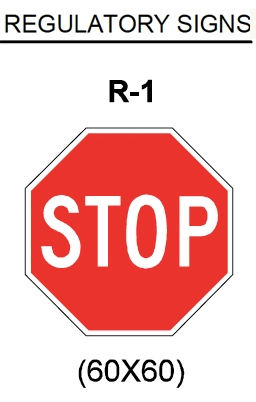The placement of R-1 stop signs at intersections is influenced by meticulous traffic studies, but two conditions stand out due to their specificity and impact on road safety.
Firstly, at intersections of minor roads where the limited sight distance restricts vehicles to a remarkably low speed of 15 km/h or less, and where there has been a history of three or more accidents per year, R-1 signs are crucial. This specific speed limit highlights a unique safety requirement, often overlooked yet vital for preventing further incidents.
Secondly, for intersections without traffic signals and where roadways carry similar traffic volumes, the criteria become quite specific: entering traffic volumes from all approaches must exceed 500 vehicles per hour for any 8 hours of a typical day, accompanied by at least five right-angle or turning accidents annually. This threshold ensures that multi-way stops are only implemented where necessary, serving as a temporary measure before more permanent traffic signals are installed.
These criteria illustrate the careful balance between traffic flow and safety, with each stop sign placed only after proven necessity.








Comments are closed